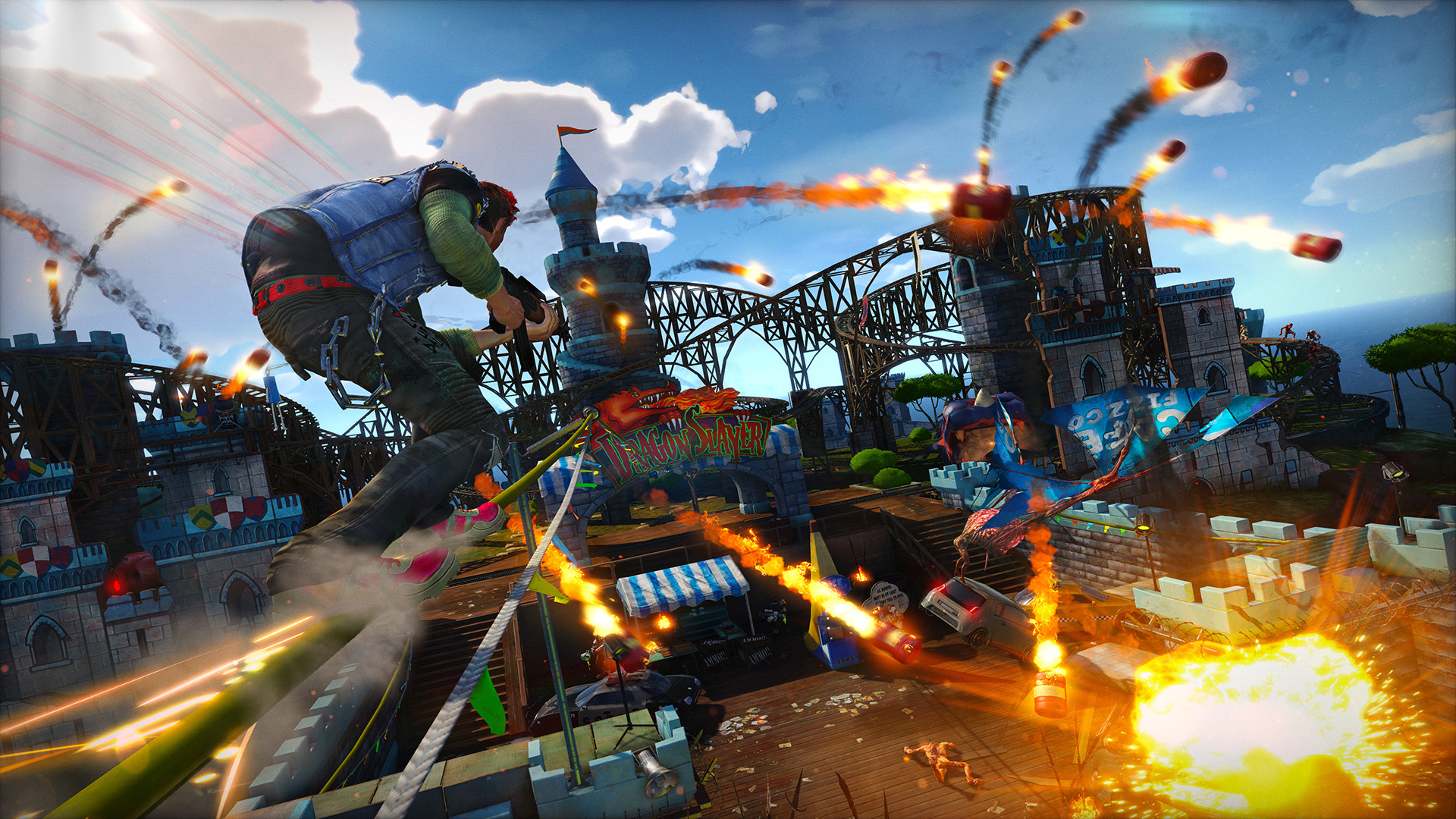How to Uninstall League of Legends: A Comprehensive Guide
Are You Finally Done with LoL?
Are you fed up with League of Legends and yearning to step away from your screen and experience the real world? If so, we’re here to help you uninstall League of Legends effortlessly! Say goodbye to that game and reclaim your time and sanity.
Perhaps the frustration of dealing with Yuumi’s champion design has pushed you over the edge, or maybe you suspect that the issues you’re encountering in the game are caused by corrupted or outdated files. Whatever the reason, we’ve got you covered with step-by-step instructions to uninstall League of Legends on both Windows and Mac.
Reasons to Uninstall League of Legends
There are several valid reasons why you may want to bid farewell to League of Legends from your computer. We understand that the game can be extremely exasperating at times. Whether it’s teammates running it down mid and engaging in senseless flaming, or overpowered champions ruining your gameplay experience, there are plenty of frustrations.
However, your discontent with League of Legends isn’t the only motivation to uninstall the game. Sometimes, you may encounter troublesome bugs that render the game unplayable or severely impact your gaming experience. In such cases, reinstalling the game can potentially resolve the issue. By reinstalling League of Legends, you’ll have access to a fully updated version, replacing any corrupt or outdated files that may have been causing problems.
How to Uninstall League of Legends on Windows
Removing League of Legends from your Windows computer is a straightforward and relatively quick process. Just follow these four steps:
- Open the Control Panel by clicking on the Windows Start Menu. If you can’t locate it, simply search for “Control Panel” in your Windows Search Bar.
- Select “Program and Features” within the Control Panel. Look for the icon labeled “Program and Features.”
- Right-click on “League of Legends” in the list of installed programs.
- Select “Uninstall.”
Once you complete these steps, League of Legends should be successfully uninstalled from your computer. However, it’s worth noting that sometimes a few leftover files may remain, even after the uninstallation process. To ensure a clean removal, follow these additional steps:
- Locate the directory where League of Legends was installed. By default, LoL is installed on the C: drive. If you haven’t changed the installation path, it should be in the default location.
- Select and delete any files related to League of Legends.
- Restart your computer to complete the removal process.
With these additional steps, you can rest assured that League of Legends has been completely eradicated from your system. If you uninstalled the game with the intention of reinstalling it later, you can visit the official League of Legends website to download and install the game again.
How to Uninstall League of Legends on Mac
Removing League of Legends from your Mac is a fairly straightforward process, although it may seem a bit challenging if you’re unfamiliar with the steps involved. Follow these four steps to uninstall League of Legends on your Mac:
- Open the “Applications” folder. You can do this by pressing Command+Shift+G and entering “/Applications/” (without the quotation marks) in the dialog box that appears.
- Drag the League of Legends application to the Trash Can located on your dock.
- Press Command+Shift+C and navigate to MacintoshHD/Users/Shared/Riot Games. Locate the Riot Games folder and drag it into the Trash folder.
- Click on the Trash Can and select “Empty Trash” from the top right corner.
After following these steps, League of Legends should be completely uninstalled from your Mac. In case you’re planning to reinstall the game, head to the official League of Legends website to download and install the Mac version.
Now that you’ve successfully uninstalled League of Legends, you can finally bid farewell to continuous 0/10 Yasuos and the torment of having Yuumi as your support. It’s time to explore new gaming adventures or savor the real world outside your screen!
Conclusion
Uninstalling League of Legends doesn’t have to be a daunting task. With our comprehensive guide, you can easily remove the game from your Windows or Mac system. Whether you’ve grown tired of the game or need a fresh start due to technical issues, this step-by-step process will help you smoothly uninstall League of Legends. Remember, if you ever change your mind, you can always reinstall the game from the official League of Legends website.
Frequently Asked Questions about Uninstalling League of Legends
1. Will uninstalling League of Legends delete my account?
No, uninstalling the game will not delete your League of Legends account. Your account is tied to your username and password, and unless you manually delete your account through the official channels, uninstalling the game will have no impact on it.
2. Can I reinstall League of Legends after uninstallation?
Absolutely! If you change your mind or want to give League of Legends another shot, you can always reinstall the game. Visit the official League of Legends website and follow the instructions to download and install the game on your computer.
3. Do I need to restart my computer after uninstalling League of Legends?
Restarting your computer is not mandatory, but it is recommended. Restarting ensures that any lingering processes or temporary files associated with League of Legends are completely cleared from your system, providing a more thorough uninstallation experience.
4. Can I transfer my League of Legends account to another computer?
Yes, you can transfer your League of Legends account to another computer. Simply install the game on the new computer and log in using your account credentials. Your progress, champions, and items will be retained.
5. Will uninstalling League of Legends remove all game files?
Uninstalling League of Legends will remove most of the game files from your computer. However, it’s possible that a few residual files may remain. Follow the additional steps provided in our guide to ensure a complete removal of all League of Legends files.



